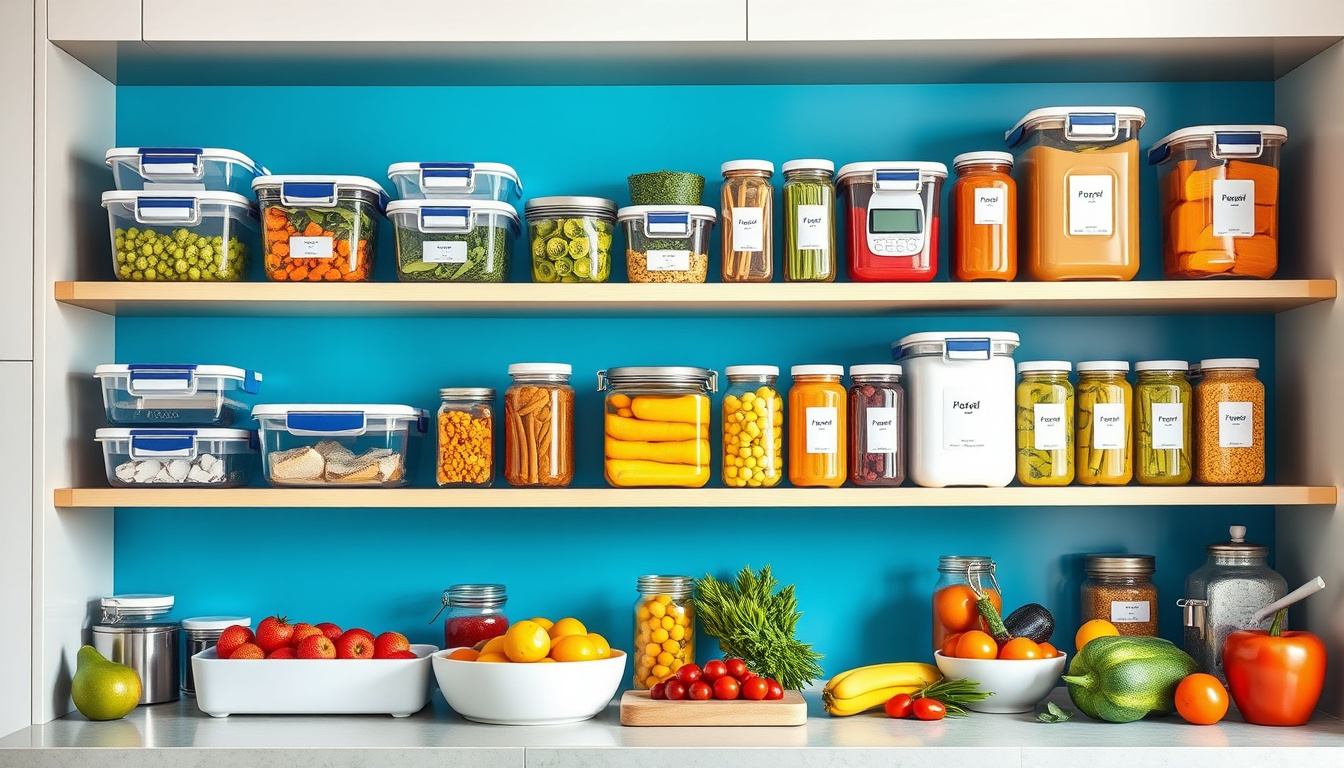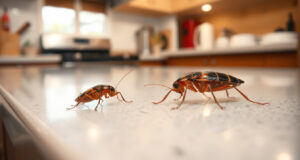
In our busy life, kitchen order and food fresh tie together. Good food storage keeps food in top shape and your space neat. This guide shows many smart storage methods that keep food fresh and make cooking tasks easy.
Understanding Food Storage Solutions
Food storage tools cover many items and ways. They help food stay safe, fresh, and near at hand. Air-tight bins, vacuum packers, and more cut waste, save cash, and cut down time spent searching for items.
Types of Food Storage Solutions
-
Air-Tight Containers:
Air-tight containers block air and wetness. They keep dry goods like grains, flours, and snacks in shape. They come in glass, plastic, or silicone and in sizes that fit your shelf. -
Vacuum Sealers:
Vacuum sealers pull air out of bags and lock them tight. This keeps food safe, stops freezer burn, and lengthens storage time. They work well for meat, fruits, and vegetables. -
Glass Storage Jars:
Glass jars show an eco-friendly side in storing food. They hold no chemicals, let you see inside, and you can use them again. They also clean fast in a dishwasher. -
Freezer Bags and Containers:
Keep freezer bags and containers for leftovers or big meals. Mark each one with a date and the food type. This helps you use older items first and cut waste. -
Kitchen Organizers:
Tools like racks, lazy Susans, and drawer dividers sort food by type or how often you use them. They let you spot your items fast when you need to cook.
Best Practices for Food Storage
To make storage work, try these habits:
-
Label Each Container:
Use a label maker or tape and marker to write the food name and a date on each container. This saves time and cuts waste. -
Store Food at the Right Temperature:
Keep your fridge cool and your freezer at 0°F. This helps keep food safe and in good condition. -
Organize Your Space:
Place food you must use soon at the front of your shelves. Rotate older items to the front so they are used in time. -
Avoid Overfilling:
Do not pack your fridge or pantry too tight. Let air move around food so it stays cool.
Smart Storage for Special Dietary Needs
If your family follows special diets, use special storage spots. Dedicate marked bins or separate pantry space for items like gluten-free or dairy-free foods. This stops mix-ups and makes meal tasks simple.
Conclusion
Good food storage is a key part of a neat kitchen. Air-tight containers, vacuum sealers, glass jars, and clear organization keep food fresh and cut waste. Home cooks and meal preppers find these methods help with daily cooking while keeping ingredients fresh. Try these smart storage tips today and trim your kitchen into a neat and ready space for cooking.




